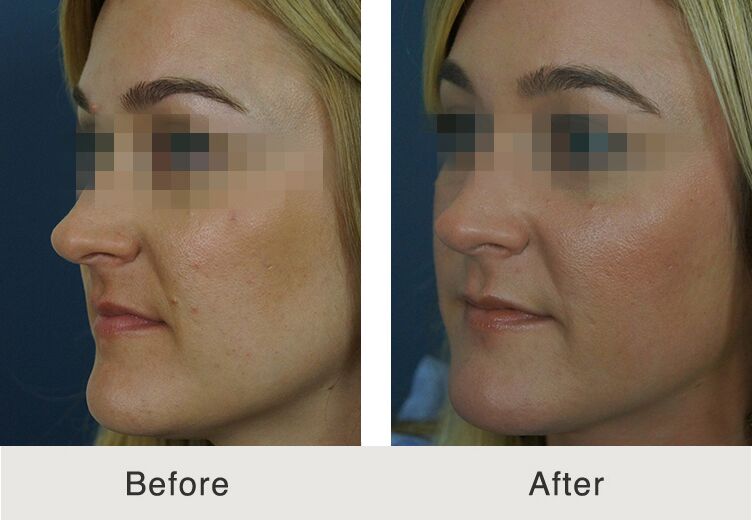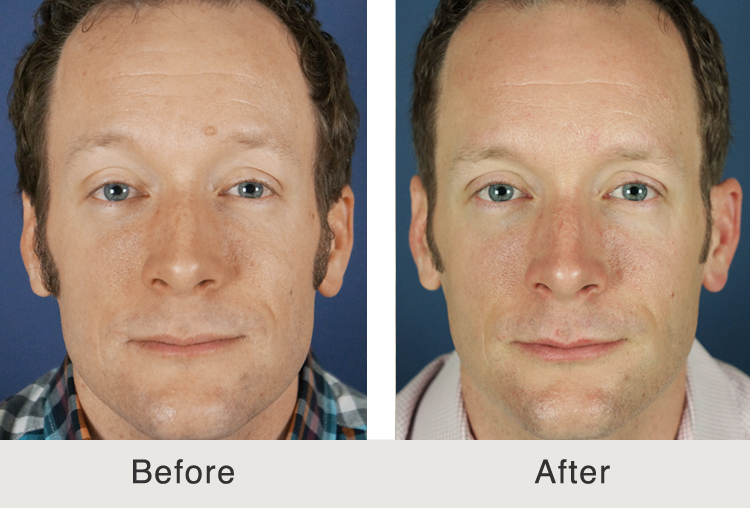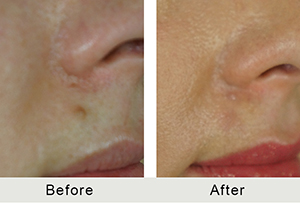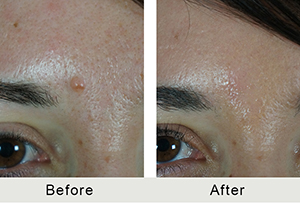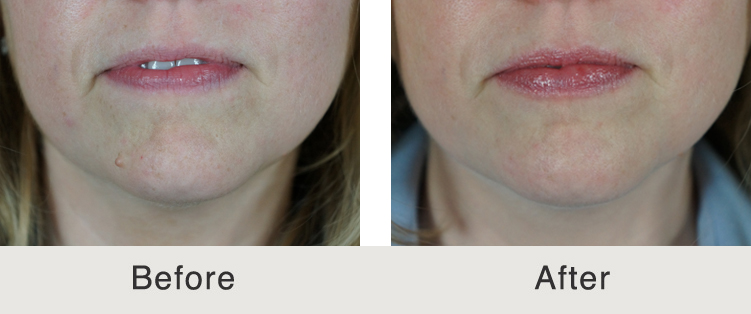Safe removal of raised or flat moles using electrodesiccation
Mole Removal & Skin Lesion Treatment in Charlotte, NC
Mole Removal & Skin Lesion Treatment in Charlotte, NC
Get rid of moles, skin tags, and benign growths quickly and safely
Remove unwanted moles, skin tags, and growths with advanced techniques that require minimal downtime. Our personalized treatments eliminate irritation and appearance concerns while maintaining your natural look.
At Carolina Facial Plastics, our expert providers are dedicated to helping you achieve optimal results while preserving your natural appearance.

Get Back to a Smooth, Clear Complexion
Mole removal and skin lesion treatment in Charlotte can address skin concerns through:Before and After Photos
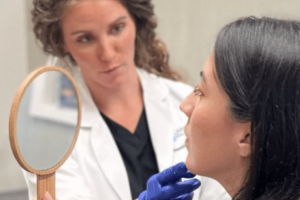
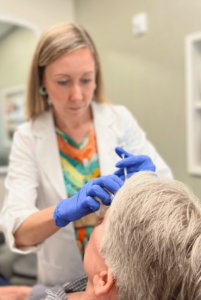

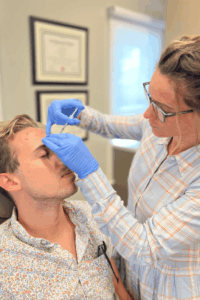
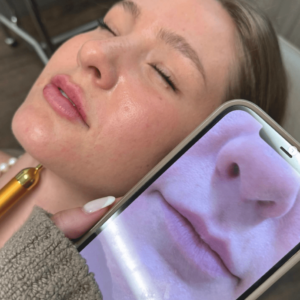
Our Advanced Treatment Approach
Effective mole and lesion removal requires more than a one-size-fits-all approach. Our experienced providers utilize multiple advanced techniques to ensure optimal results for each individual case. From precise electrodesiccation for raised lesions to gentle cryotherapy for surface growths, we customize every treatment to minimize discomfort, reduce scarring risk, and achieve the best possible cosmetic outcome.
The Best Treatment Option for Your Needs
Electrodesiccation
High-frequency electrical current that precisely destroys tissue while controlling bleeding and minimizing damage to surrounding skin
Liquid Nitrogen Cryotherapy
Ultra-cold treatment that freezes and destroys unwanted tissue with minimal scarring
Advanced Laser Systems
Targeted laser energy for treating vascular lesions like cherry angiomas and addressing post-treatment pigmentation
Precise Surgical Techniques
We will advise you to see your dermatologist to rule out anything more serious or that might need surgical removal

Your Treatment Journey
WHY CHOOSE CAROLINA FACIAL PLASTICS FOR MOLE REMOVAL IN CHARLOTTE
FAQ
What's the difference between electrodesiccation and liquid nitrogen for mole removal?
Electrodesiccation uses an electric current to destroy the lesion with cautery or heat, while liquid nitrogen freezes the tissue. Electrodesiccation is often preferred for raised moles and offers immediate results, while liquid nitrogen is excellent for flatter lesions and multiple treatments. Your provider will recommend the best method based on your specific lesion type and location.
How many treatments will I need for mole removal?
Most moles and skin lesions can be removed in 1-2 sessions. However, depending on the size of the treatment area, a second application may be needed. Larger or more complex lesions may require 2-3 sessions for complete removal. During your consultation, we’ll provide a realistic treatment plan based on your specific needs.
Is mole removal painful?
The discomfort level is minimal with most mole removal techniques. Most patients describe the sensation as brief and tolerable. Electrodesiccation may feel like a quick pinch, while cryotherapy creates a cold, stinging sensation that subsides quickly.
What should I expect during the healing process?
The treated area will become red soon after your procedure. It may also blister and swell. The treated area will heal in about 7 to 14 days. We’ll provide detailed aftercare instructions, including keeping the area clean, applying recommended ointments, and protecting from sun exposure during healing.
Can all types of moles be removed with these methods?
Most benign moles, skin tags, seborrheic keratoses, and similar lesions can be safely removed with electrodesiccation or liquid nitrogen cryotherapy. If the mole looks precancerous or suspicious, we will refer you to a dermatologist.
Will there be scarring after mole removal?
The risks of bleeding, scarring, and infection from a mole removal are extremely low. One of the major benefits of cryotherapy is that it seldom leaves scarring. Our experienced providers use techniques specifically chosen to minimize scarring risk.


